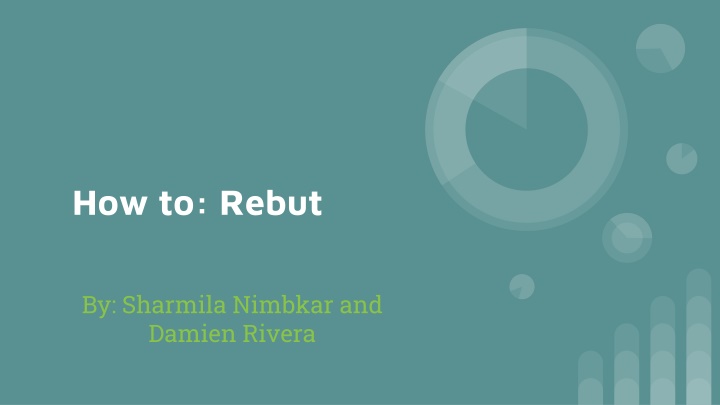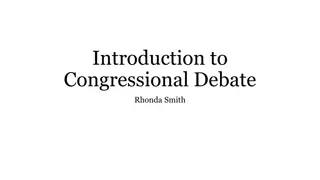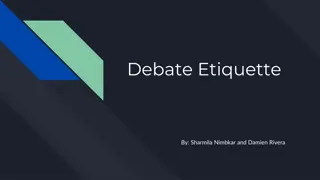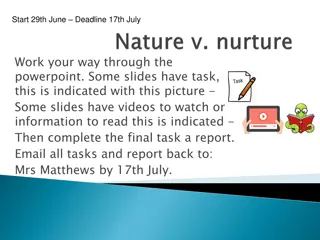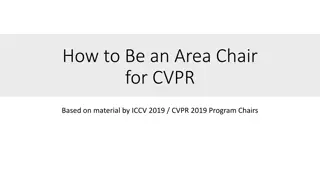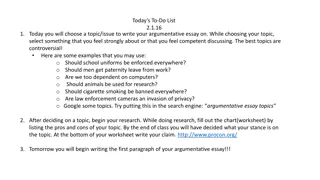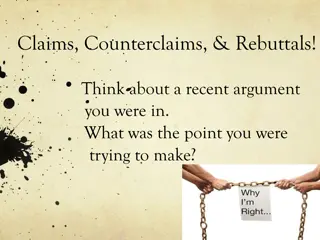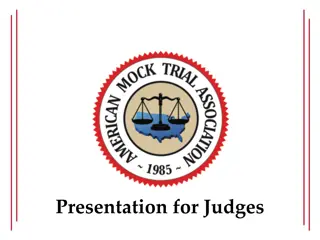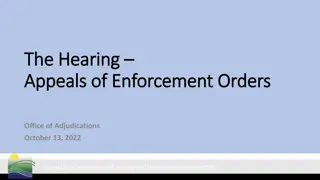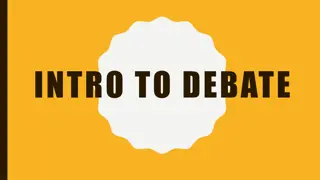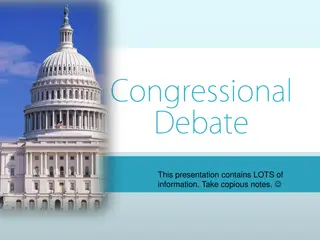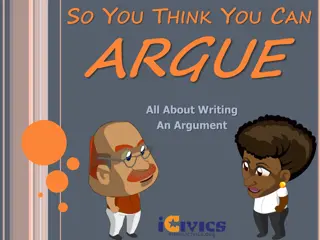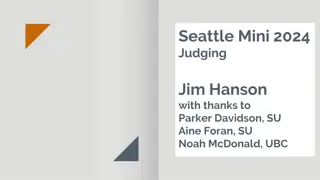Mastering Debate Rebuttals: Techniques and Strategies
Rebuttals, also known as A2s, are crucial in debate rounds and require careful preparation. Blocks, similar to cards, are pre-written responses containing strong evidence to counter opponents' arguments. Signposting is essential to guide the judge through your rebuttal points effectively. Being the second speaking team comes with strategic advantages but also the challenge of addressing a lot of material in a short time.
Download Presentation

Please find below an Image/Link to download the presentation.
The content on the website is provided AS IS for your information and personal use only. It may not be sold, licensed, or shared on other websites without obtaining consent from the author.If you encounter any issues during the download, it is possible that the publisher has removed the file from their server.
You are allowed to download the files provided on this website for personal or commercial use, subject to the condition that they are used lawfully. All files are the property of their respective owners.
The content on the website is provided AS IS for your information and personal use only. It may not be sold, licensed, or shared on other websites without obtaining consent from the author.
E N D
Presentation Transcript
How to: Rebut By: Sharmila Nimbkar and Damien Rivera
Sometimes rebuttals are called A2s (short for answer to s). They can be used interchangeably What is rebuttal Rebuttals are the second type of speech given in a debate round. Rebuttal is always given by person two. After person one on both teams have given their construction speeches and had their cross X, person two of each team will individually get up and deliver rebuttal. In real debate, you don t get to know your opponents contentions beforehand. Therefore, the best you can do is attempt to predict what your opponent's might run. That s where blocks come in. Blocks are small pre-written responses (like contentions but smaller) containing strong, reliable evidence to possible contentions that your opponents might run. A well prepared team will have anywhere from 7-15 blocks per side, depending on the resolution.
Blocks.exe Similar to cards, blocks for each side are contained in one large file called a block file, with each block being on its own page. Each separate block will have a tag (usually beginning with A2: whatever you are rebutting) to help organize and identify the blocks you might need in round. The first and most important thing to say in a block is what your opponent's said to let your judge know where you re at on the flow. In round, you should actually reference your opponents case if possible (ex. My opponent said hippity hoopla in his contention one. However ) Then, segway into why your opponents case either is factually incorrect, not as impactful as they claim, has faulty evidence, or is actually a bad thing. Each main claim that you make should have evidence to directly conflict what they have said. This is called clash, and it's what makes a great debate.
www.SIGNPOSTING.gov Signposting is when you tell the judge what you are going to talk about before you talk about it. If your judge doesn't know what part of the debate you are referring to when you give rebuttal, NOTHING YOU SAY MATTERS. There are two parts of good signposting. 1. Talk about which number contention you are on and mention the tagline. (ex. First, my opponents said in their contention one on housing infrastructure that urban development would cost billions of dollars in taxes. ) you can also refer to questions that were asked during cross. (ex. When my partner asked my opponents in first cross how much housing would cost ). Second, mention what your opponents specific claim was. (ex. First, my opponents said in their contention one on housing infrastructure that urban development would cost billions of dollars in taxes. However, ...) (ex. When my partner asked my opponents in first cross how much housing would cost? , they responded with billions of dollars. However ). 2. If debaters signpost with both components, both judges that are flowing and judges that just listen will understand what arguments you are referring to when you rebut, which means they have greater understanding of your case, increasing your chances of winning
SecondSpeakingRebuttal@hotmail.com Another one of the many benefits of being the second speaking team is having the ability to rebut your opponent's rebuttals. However, even though second speaker is strategically advantageous, it also means you have twice as much material to address in your four minute rebuttal than your opponents, so time management is imperative. As a general rule, try to rebut your opponent's case before you rebut their rebuttals. However, if you must rebut their rebuttal first in order to make sense or create a stronger argument, you can do that too. If you are second speaker, you must at least attempt to rebut your opponents rebuttal so try your best to fit everything into the allotted time without speaking too fast. If your team is speaking first, dont go back to talk about your own case after you have finished rebutting. There is no reason to talk about your case again when no attempt has been made against it yet to rebut it. Just come up with more rebuttal.
Roadmapping.mp4 Sometimes, before rebuttal, a debater will give an off time roadmap. So before they start the timer and start rebutting, they will describe to the judge if they are doing a kind of complex rebutting order. Don t use offtime roadmaps just because. If you are just gonna talk about your opponents case and then defend your own, don t bother giving one. However, if you are rebutting their convention one, then responding to their rebuttal of your contention two, then talking about their contention three and moving back to contention one, you need to tell the judge where you are going to go before you go there so they have a better understanding of your rebuttal. This is NOT a replacement for signposting. It s just another aid to you re judge follow along. If your judge explicitly says that they HATE offtime roadmaps, then DO NOT GIVE AN OFF TIME ROADMAP. However, if they explicitly say that they like offtime roadmaps, GIVE AN OFF TIME ROADMAP. If they don t specify, only give one when necessary.
